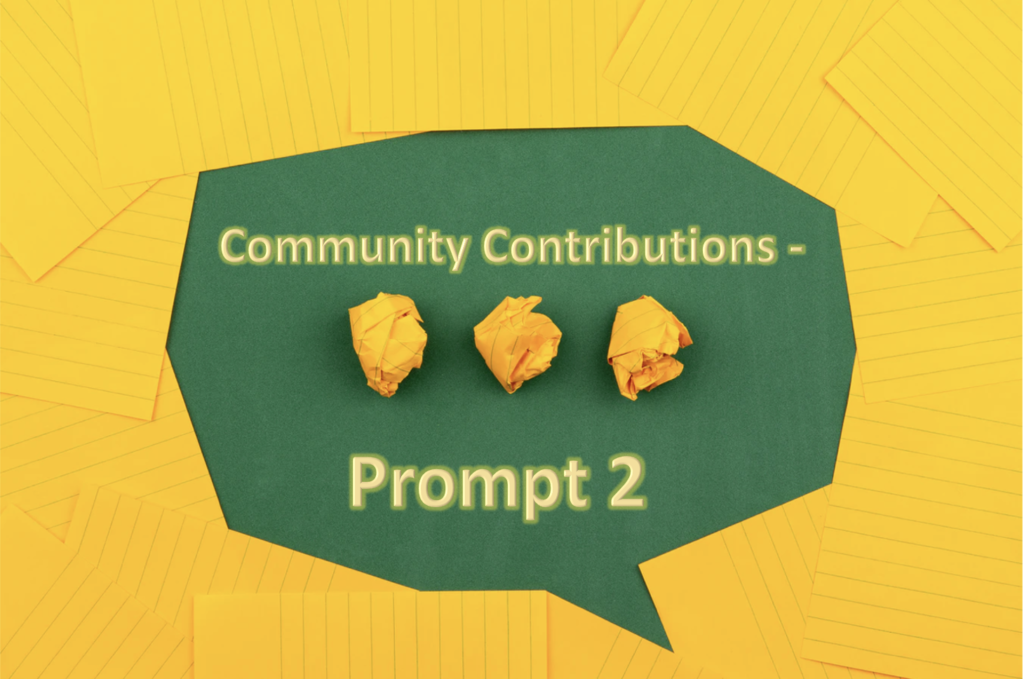
Chloe,
I really enjoyed reading your blog post this week! I was super excited to see you talk about scaffolding as it is something I am super passionate about. I did an inquiry project on scaffolding and agree with you that if there is a carefully scaffolded plan in place, it really helps aid in the learning experience and set everyone up for success! I really enjoyed the video you attached and how it talks about utilizing various different methods for teaching. I think a lot of the time we get stuck in the mindset of only being able to use one approach but why not use multiple? There is nothing saying we have to stick with one approach and one approach only. I think using various teaching approaches allows us to accommodate diverse situations and needs. One method is not going to work for every situation. Sometimes students will benefit more from experiential learning, however, sometimes they need direct instruction first. By allowing ourselves to use multiple teaching methods we have more room to create lessons and environments for our students to succeed. I am really looking forward to seeing your interactive learning resource on perimeter! It will be exciting to get some ideas that I can potentially incorporate in my future classroom. Good luck to you and your group with the rest of the assignment and I look forward to reading it!
Breanne,
One of the reasons I chose to respond to your blog this week was in order to answer the question you posed in response to my blog! I definitely see the connections between direct instruction and experiential learning (which I noted in my above response to Chloe). I think that students can greatly benefit from having a period of direct instruction and then having the opportunity to connect it to an experience after. In addition, although I do not have any personal experience utilizing inquiry-based learning yet, I definitely think that experiential learning could compliment inquiry-based learning as well. By having students embark on an inquiry and then finding a way for them to experience aspects of the inquiry, I think it could create really concrete understandings that are long lasting and useful. Thanks for posing these questions! What do you think in terms of experiential learning being used in tandem with inquiry-based learning?
In response to your blog, I really like the diagram you included as it a great visual that clearly explains the concept of direct instruction in a very simple and quick way. By looking at this diagram I am able to see and understand direct instruction within seconds! It is very effective. I appreciated how you dove into two different definitions/perspectives of what people believe direct instruction is. I am wondering if you feel more connected to Cook, Holland, and Slemrod’s perspective or Flores and Ganz’s perspective? I personally have experienced Flores and Ganz extreme view of direct instruction in classrooms before; however, when I think of direct instruction now, I try to view it with Cook, Holland, And Slemrod’s perspective as I think direct instruction can be beneficial if done correctly.
Finally, I 100% agree with your explanation of how our blueprint utilizes direct instruction. Although it is not the main focus of our design, it definitely has a role in it. I think its role is necessary in order to benefit the students and support their learning of a new concept. I agree that direct instruction will, and should, have its place in our interactive learning resource.
Photo Credits: Header photo by Volodymyr Hryshchenko on Unsplash
